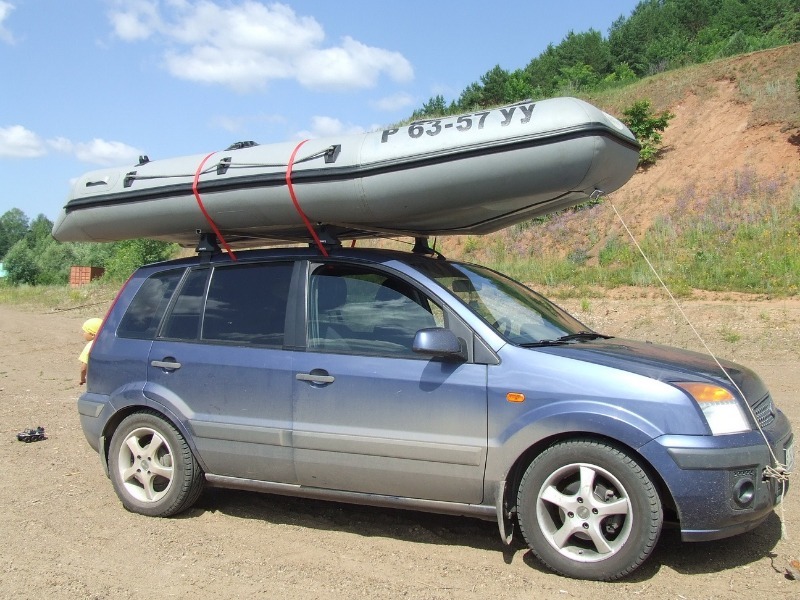
4 mistakes with the transportation of goods on the roof of a car that can lead to serious damage
Content
The summer season is just around the corner, which means that many motorists will carry loads on the roofs of their vehicles. It is the duty of each driver to comply with the rules of transportation and to protect himself and other road users from force majeure situations.

The maximum allowable weight is not taken into account
Transportation safety is based not only on compliance with traffic rules, but on taking into account the technical characteristics of the vehicle. When placing non-standard luggage on the roof, it is worth considering the carrying capacity of the roof rails installed on the car:
- for domestic cars, this figure is 40-70 kg;
- for foreign cars manufactured no more than 10 years ago - from 40 to 50 kg.
When calculating, it is worth considering not only the mass of the cargo, but also the weight of the trunk itself (especially home-made) or the railing.
Another important parameter is the carrying capacity of the vehicle as a whole. This indicator can be specified in the PTS, in the column "Maximum permitted weight". It includes not only the weight of the cargo, but also the passengers, the driver.
If the permissible norms of weight and carrying capacity are exceeded, the following negative consequences are possible:
- loss of warranty from the manufacturer on the trunk. If this element was installed additionally and was not included in the vehicle;
- deformation of the roof of the vehicle;
- sudden breakdown of other components and elements associated with excessive loads;
- decrease in safety due to loss of vehicle controllability (with improper weight distribution on the roof).
No speed reduction
The presence of cargo on the roof is a good reason to be especially careful about the speed limit. There are no clear instructions in the SDA regarding the speed of movement of a loaded passenger car, however, practical recommendations are as follows:
- when driving in a straight line, on a road with high-quality coverage - no more than 80 km / h;
- when entering a turn - no higher than 20 km / h.
When driving a loaded passenger car, it is worth considering not only speed, but also traction and windage. The larger the load on the roof, the more difficult it is for the vehicle to resist the wind. The increased mass also affects the stopping distance. It lengthens, which means that the driver should take this fact into account and react to the obstacle a little earlier than usual. A sudden start from a standstill can break the fasteners and the entire contents of the trunk will fall onto the vehicle moving behind.
Rigidity not taken into account
The car is a holistic design and the calculation of the maximum load is calculated by engineers, based on an even distribution of weight on all elements. It is possible to break this balance by a simple and non-obvious, at first glance, action.
It is enough to open both doors at the same time on one side of the passenger compartment (front or rear, right or left). In this case, the load placed on the roof will increase the load on the racks and the frame of the car. With a significant excess of the norm or regular overloads, the racks are deformed and the doors will no longer open / close freely.
Straps not fully tightened
Reliable fixation is the main point of safety. A dropped or slanted load on the trunk can damage nearby vehicles or seriously affect vehicle handling. But just pulling the ropes or cables tightly is not enough, it is necessary to place the luggage so that it does not knock or make other sounds when driving on rough roads or from the air flow. Prolonged monotonous noise prevents the driver from concentrating on the traffic situation, leads to headaches and fatigue.
Other recommendations for fixing luggage on the roof of a car:
- during a long trip, check the reliability of the fasteners every 2-3 hours;
- when driving on rough roads, reduce the interval of checks to 1 hour;
- upon arrival at the destination, make sure the integrity of the mounts of the trunk itself;
- all opening or withdrawable elements of the cargo (doors, boxes) must be additionally fixed, or transported separately;
- to reduce noise, the rigid trunk frame can be wrapped with thin foam rubber or thick fabric in several layers. It is important to tightly fix such sound insulation so that it does not cause luggage to fall.